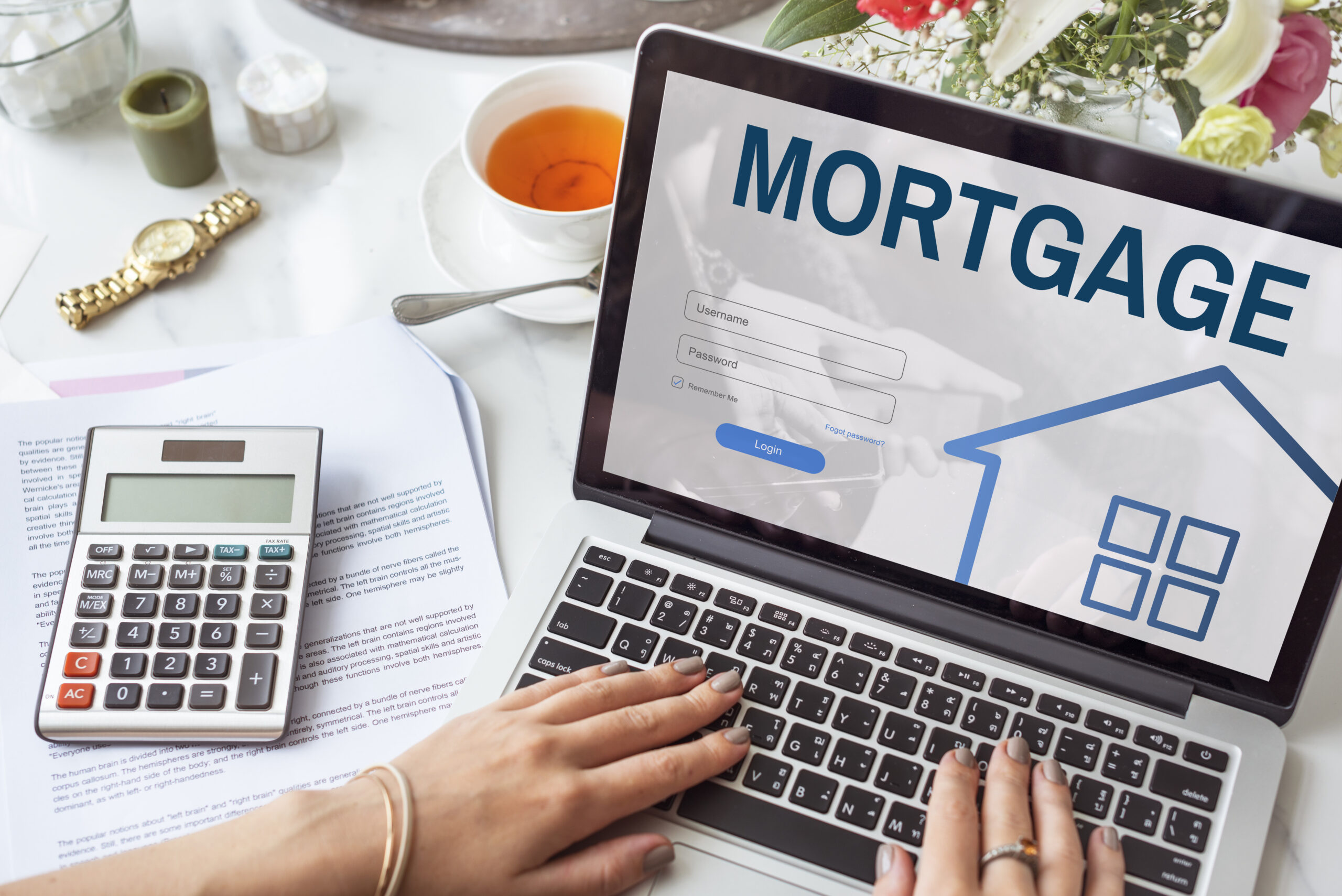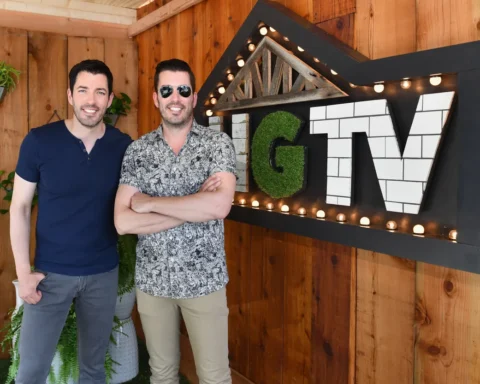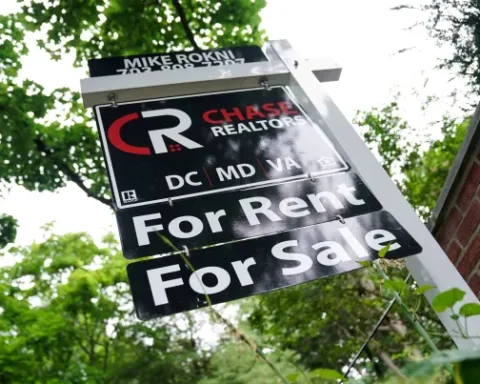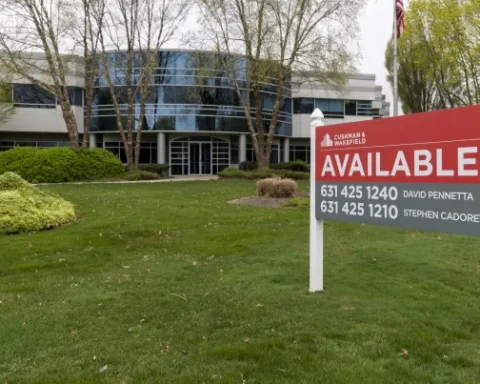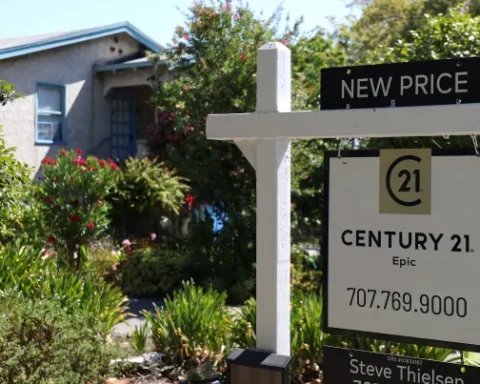Homeownership in the U.S. has long been a cherished dream for many, but the escalating hidden costs associated with maintaining a home are starting to give potential buyers pause. A recent study by Bankrate.com highlights a significant rise in the “hidden costs” of owning a home, averaging $18,118 per year. This figure encompasses more than mortgage payments, stirring concerns among first-time and veteran homebuyers.
The Rising Tide of Homeownership Expenses
The comprehensive report by Bankrate.com sheds light on the various components contributing to the annual homeownership costs. Property taxes, homeowners insurance, utility bills such as electricity, internet, cable, and home maintenance—estimated at 2% of a home’s value annually—are the main culprits behind the $18,118 average. Jeff Ostrowski, an analyst from Bankrate.com, emphasizes, “It’s just important to understand that you’re buying a lot more than a mortgage payment. You’re also buying all these additional costs that you’ll have to figure out how to pay for.”
The Cost of Aging Homes
Jessica Lautz, deputy chief economist at the National Association of Realtors, points out that many homes on the market are decades old, necessitating costly repairs and updates. “Homebuyers have to make a compromise along the way, and often it’s the age or the condition of the home,” she explains. Older homes may require significant investments in system upgrades like HVAC units, windows, or roofing—all of which can substantially inflate the cost of homeownership.
Learning Curve for First-time Buyers
For those new to homeownership, the financial demands of maintaining a home can be a harsh lesson. Ostrowski notes that unexpected repairs are often “part of the learning process of becoming a homeowner.” He warns against exhausting all savings on the down payment, as this can lead to homeowners finding themselves “house poor,” scrambling to manage maintenance costs potentially through high-interest debt options.
Importance of Home Inspections
Some buyers have waived home inspections in a competitive housing market to expedite their purchases. However, Ostrowski advises against this practice, especially for first-time buyers. Skipping an inspection can lead to unforeseen issues and expenses post-purchase. He asserts that an inspection is crucial for understanding potential upcoming maintenance and repairs, avoiding surprises that could significantly inflate costs.
As the hidden costs of homeownership continue to climb, prospective buyers need to understand the financial implications beyond the mortgage entirely. Considering these ongoing expenses can better prepare individuals for the actual cost of owning a home, ensuring they are financially equipped to handle both expected and unexpected challenges. In today’s market, a well-informed buyer is not just purchasing a property but investing in peace of mind.


